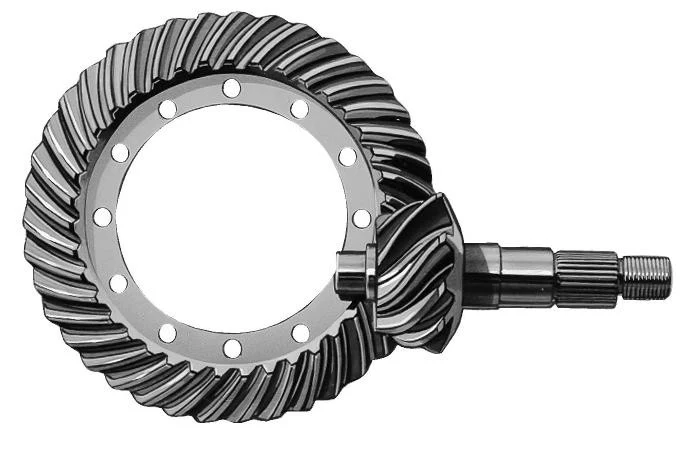When comparing Torsen and Truetrac differentials, it’s important to understand that both are types of helical gear limited-slip differentials (LSDs), but they have distinct characteristics and are suited for different applications.

Torsen Differential
- Design: Torsen (Torque Sensing) differentials use a set of helical gears arranged in a specific manner to distribute torque between the wheels. The gears engage more tightly as torque increases, effectively limiting slip.
- Torque Bias Ratio (TBR): Torsen differentials are known for their high torque bias ratio, meaning they can transfer significantly more torque to the wheel with traction when the other wheel loses grip. This makes them highly effective in maintaining traction in various conditions.
- Operation: The Torsen differential is seamless and quiet in operation, providing smooth torque distribution without requiring driver intervention. It acts instantaneously as soon as there’s a difference in wheel speeds, making it ideal for performance driving, particularly in cornering where maintaining traction is crucial.
- Applications: Torsen differentials are often used in high-performance vehicles, including sports cars and off-road vehicles, due to their ability to manage torque effectively without sacrificing driving dynamics.
Truetrac Differential
- Design: The Truetrac is also a helical gear differential, but it typically has a lower torque bias ratio compared to Torsen. It uses a series of helical gears that generate friction when there is a difference in wheel speeds, limiting slip.
- Torque Bias Ratio (TBR): While it still provides some level of torque biasing, the Truetrac is generally more conservative than Torsen, meaning it might not transfer as much torque to the wheel with traction under extreme conditions.
- Operation: Truetrac differentials are known for their durability and simplicity. They operate quietly and smoothly, making them suitable for both daily driving and light off-road use. However, under conditions where one wheel has no traction (like ice or mud), the Truetrac might struggle without some brake input to create resistance.
- Applications: Truetrac is popular in applications where a balance between performance and durability is needed, such as in trucks, SUVs, and some performance cars. It’s particularly favored for its maintenance-free design and reliability.
Difference
- Torque Biasing: Torsen differentials generally have a higher torque bias ratio than Truetrac, making them more aggressive in transferring torque to the wheel with traction.
- Application: Torsen is favored in high-performance and motorsport applications, while Truetrac is often used in vehicles where durability and simplicity are prioritized, such as in off-road or heavy-duty trucks.
- Response: Torsen differentials respond more quickly and effectively to changes in traction, while Truetrac might require some driver intervention (like braking) in extreme low-traction situations.
Conclusion
Both Torsen and Truetrac differentials offer excellent traction management, but they cater to different needs. Torsen is the go-to for those seeking optimal performance and handling, particularly in sports or performance-oriented vehicles. Truetrac, on the other hand, is ideal for those looking for a durable, maintenance-free solution that can handle a variety of driving conditions, especially in heavier vehicles or those used in off-road settings.



